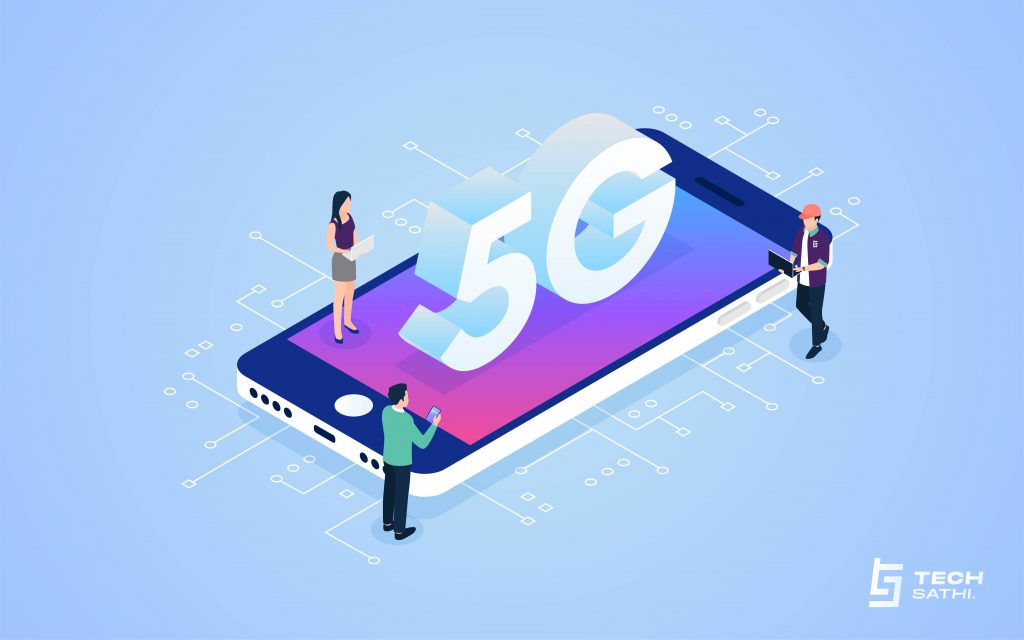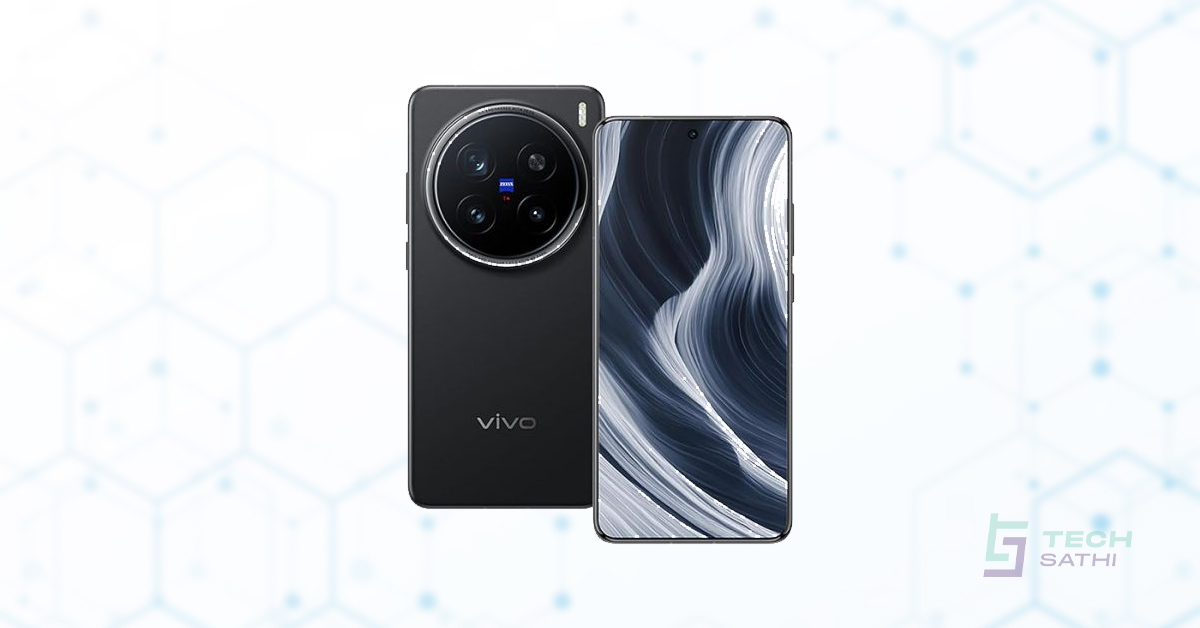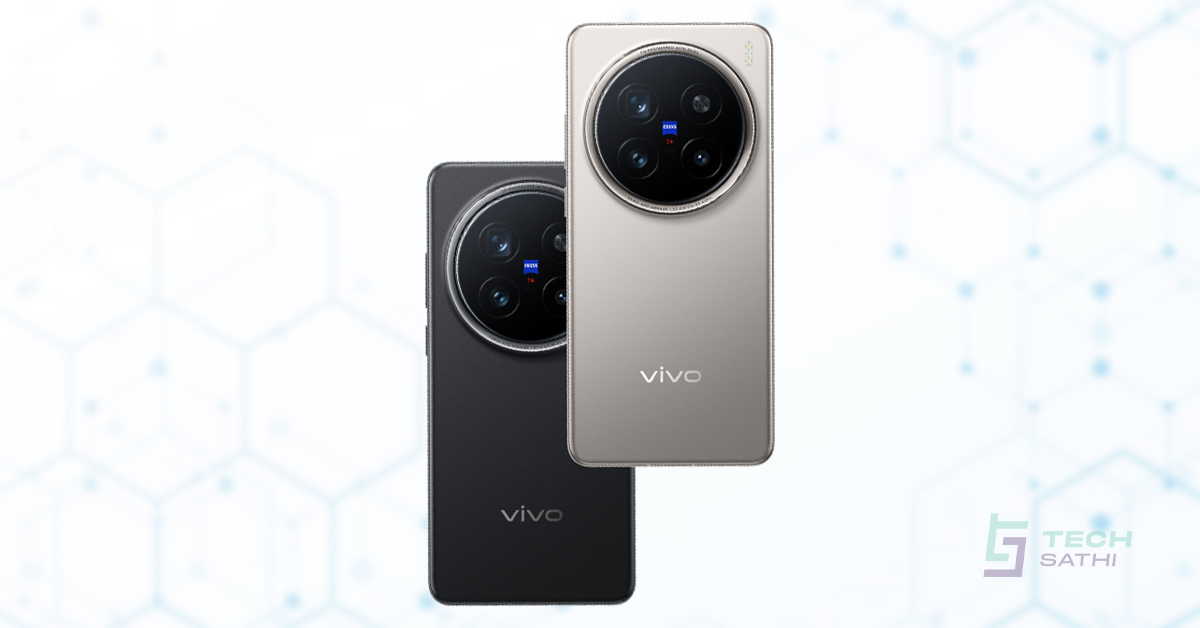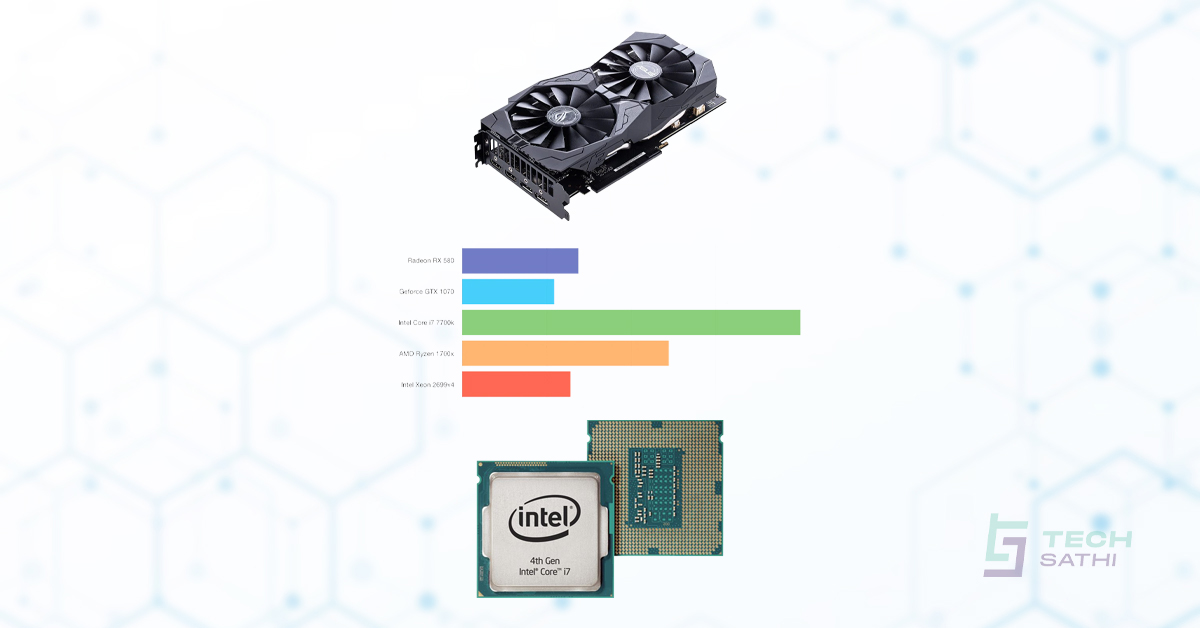5G refers to the fifth-generation wireless mobile network. There are a lot of common persistent misconceptions and misinterpretations regarding 5G technology out there. It might be difficult to distinguish between facts and myths about 5G Technology.
Addressing such myths about 5G
People assume terrible things as a result of these misconceptions, thus it’s vital to call out this misleading information. We’ll be addressing some of the most frequent myths about 5G technology.
1. 5G brings serious health hazard
Critics of 5G often focus on several concerns like the high frequency and polarization differences that the 5G technology presents and its potential dangers, threats to the health of people. There have been concerns from parents and other involved parties about the spike in cancer cases in children as a result of radiation caused by 5G networks. There is still an ongoing conversation about how 5G frequencies are going to microwave our brains. Physicist Dr. Bill P. Curry has addressed Microwave Absorption in Brain Tissue (Grey Matter) in a graph analysis. He discusses how his research revealed a dramatic increase in microwave absorption by the brain at longer wavelengths, leading to concern about 5G health hazards. His research later turned out to be a failure since the “Shielding effect” which describes the human skin’s aptitude to shut out stronger frequency bands and defend our internal organs, was not taken into consideration in his research.
2. The Covid-19 virus is a consequence of 5G networks
Since China has been far ahead of time for the deployment of 5G networks, there are misconceptions out there suspecting a connection to the virus outbreak. However, Covid-19 also penetrated many countries that don’t have a 5G infrastructure. Despite its absurdity, this myth gained mainstream attention during the Covid-19 pandemic’s initial periods. 5G is developing with improved functionality to accommodate next-generation user interfaces, innovative deployment patterns, and regulatory compliance. As a consequence, these allegations have been deemed invalid and detrimental since they are false and cast doubt on a country’s intentions.
3. 5G networks will interfere with weather forecasting
Many meteorologists and atmospheric administrations periodically raise concerns about 5G networks conflicting with satellite measurements. They are used to produce precise weather predictions and warn the public about potentially adverse circumstances. They are worried that the next generation of cell phones may jeopardize or at least reduce the ability to foresee severe weather issues. In the spring of 2019, the Federal Communications Commission (FCC) got into a dispute with the National Oceanic and Atmospheric Administration (NOAA). The major issue being 5G impacting weather forecasts across the country.
4. It’s all about bandwidth with 5G
Although there is some validity to this, the key advantage of 5G networks is low latency communication. It’s not about how much data one can send at once. But, also how efficiently one can accomplish it. 5G will act as a game-changer for many sectors once we implement its technology. It allows for the creation of a new type of network that connects nearly everyone and everything, including machines, products, and gadgets. The design of 5G wireless technology helps it to provide multi-Gbps per second crest data speeds, ultra-low congestion, enhanced durability, large available bandwidth, enhanced availability. 5G will impact every industry, making safer transportation, remote healthcare, digitized logistics, and several others.
5. 5G is going to supplant 4G
Many observers anticipate that 5G will not be implemented anytime soon because 3G is still in use. This is primarily related to the fact that 5G necessitates the development of new infrastructures. Ditching current 4G networks is simply not a wise economical choice at this time. Besides that 5G networks are being created on top of the prevailing 4G LTE networks. 4G and 4G LTE networks serve as the foundation for the existing 5G framework and will not phase out anytime soon. In actuality, 3G connectivity persists in several regions to bridge the gap exposed by 4G coverage.
Also Read: Is Nepal Ready for 5G? Here’s the preparation from Nepal Telecommunications Authority
Despite the existence of all the inaccurate information, myths like this should be busted and we should focus on facts rather than falsified information.






